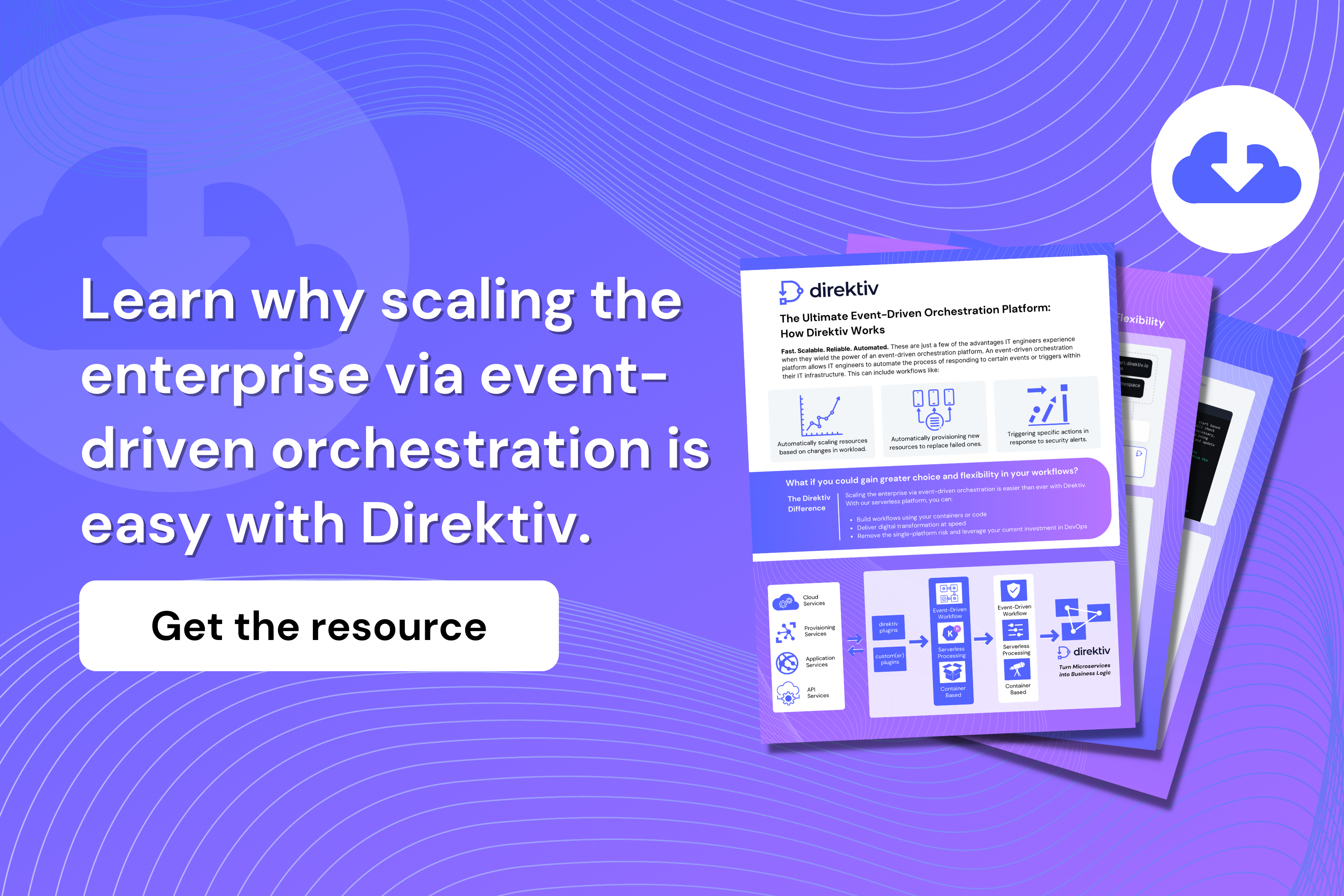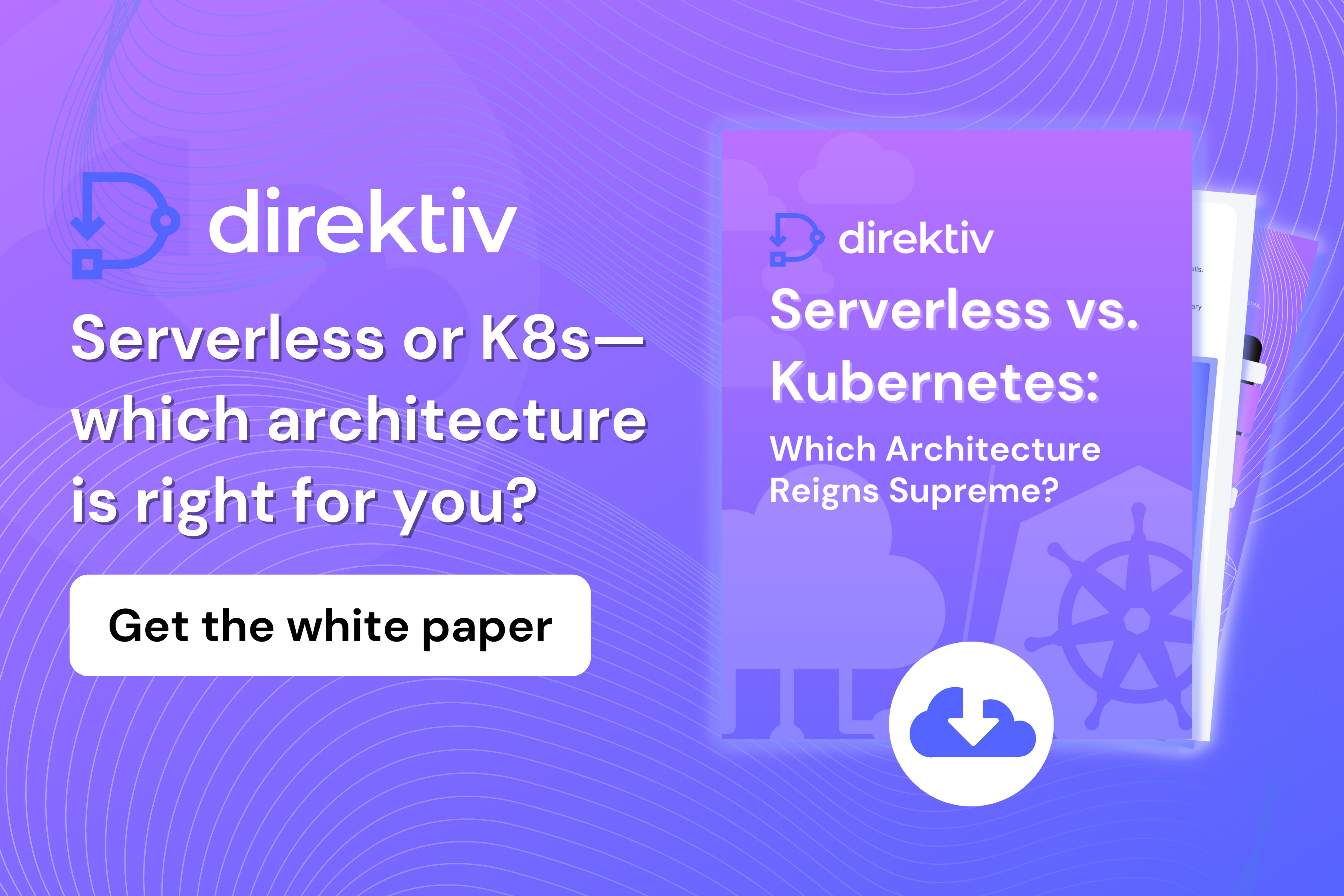5 Things That Can Seriously Screw Up Your Digital Transformation
Transformation can be a scary word, especially in the digital landscape. Change can be risky, but you know what’s riskier?
Complacency in today’s ever-changing technology landscape. With that said, digital transformation has been a huge buzzword in the industry as of late. There’s an obvious reason why that is. Digital transformation is no longer a nice-to-have add-on—it’s a necessity.

.png)









